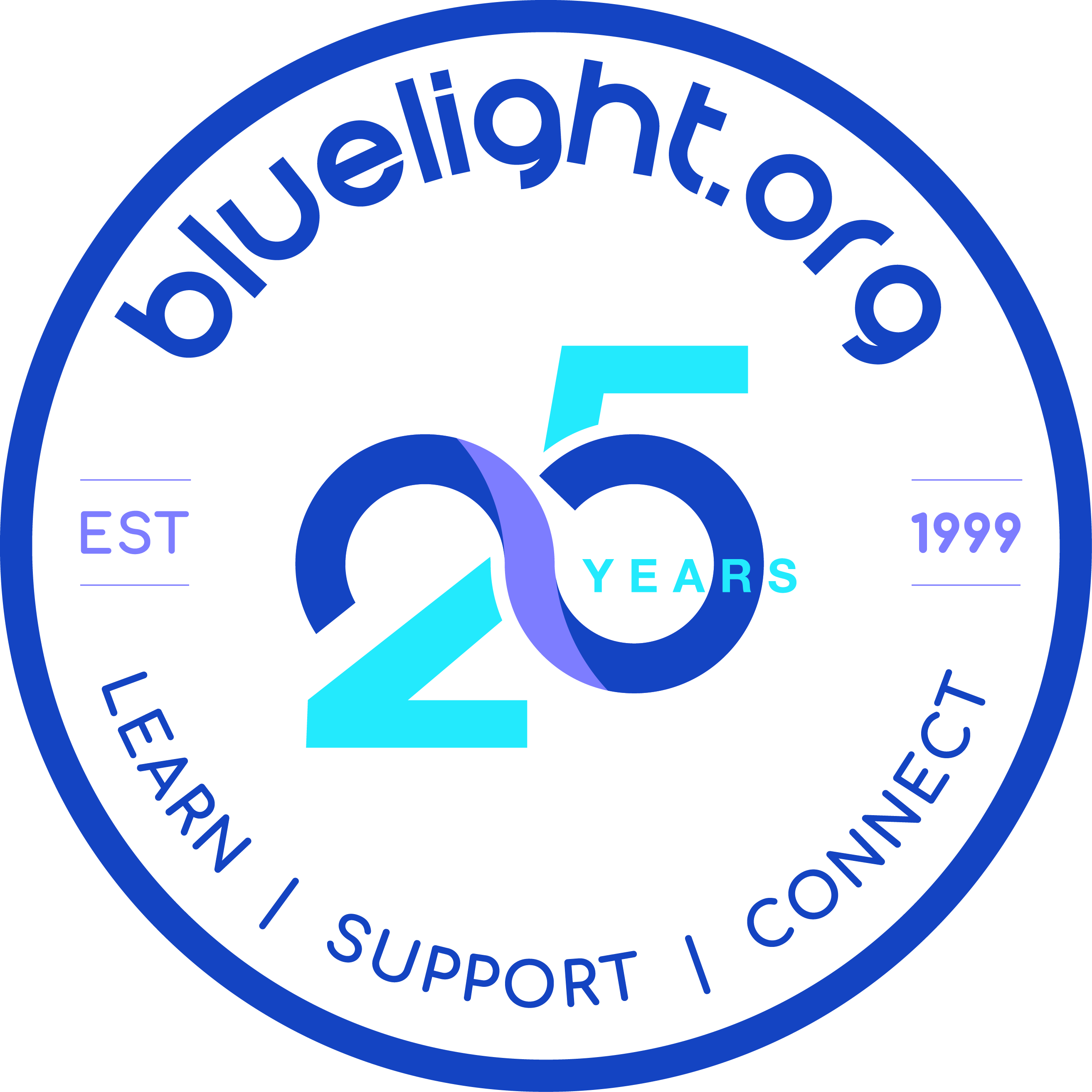Results have just been posted to http://www.guardian.co.uk/society/2012/mar/15/truth-about-young-people-and-drugs
A fifth of young drug users admit to taking "mystery white powders" without any idea what they contain, according to an international Guardian survey that reveals the extent of reckless behaviour among a new generation of high-risk drug takers.
The poll of 15,500 people by the Guardian and Mixmag magazine also found that more respondents in the UK and US admitted taking cannabis than either tobacco or energy drinks. Those who defined themselves as clubbers were more likely to take ecstasy than smoke cigarettes.
The headline findings from what is one of the largest ever surveys of drug use raised alarm among health experts, who pointed out that even those who think they knew what they were taking could be consuming another drug entirely.
John Ramsey, toxicologist at St George's medical school in London, said: "It is amazing that so many people take mystery white powders. The truth is nobody knows what the risks are and it is patently dangerous to take untested drugs."
The survey found 15% of respondents say they have taken a unknown white powder in the past 12 months, a third admitting it was supplied by someone they didn't trust.
But younger drug users were much more likely to take risks with unknown substances, with a fifth of all respondents aged between 18 and 25 saying they had taken mystery powders. Respondents who spoke to the Guardian were confident that they could balance drug taking with their careers and relationships, and regarded the side effects of drug use as often no worse than a hangover.
One respondent, James, a financial broker, told the Guardian: "My daily life is sensible, regimented and very stressful, so at the weekend I want the opposite. When I go out, the last thing I want is to think about work and responsibilities. I just want to lose myself for a few hours."
The survey also reveals:
• There are signs of an emerging "grey market" in legally prescribed painkillers and antidepressants, often acquired from friends, dealers or through the internet.
• Mephedrone, which gained media notoriety and was banned by the British government in 2010, is falling out of favour, with reports of more harmful side effects compared with other substances.
• Survey respondents caught in possession of small amounts of illegal drugs are unlikely to be punished heavily by the law, and stand a high chance of being let off.
• Alcohol is used regularly by almost all drug users, and, apart from tobacco, is the substance respondents would most like to take less of. Two-thirds of male respondents and 60% of women reported drinking at hazardous or harmful levels – though a fifth of regarded their drinking as average or below average levels.
Some 7,700 UK drug users and 4,000 from the US and Canada took part in the detailed survey, carried out online in November. Respondents were asked a range of questions including what drugs they took, how often, and what the health and legal consequences were. It was conducted by the independent drug use data exchange Global Drug Survey, in association with the Guardian and Mixmag, the clubbing magazine and website.
One of the strongest underlying messages is that this group of drug users report as happy, healthy and educated, and feel at ease with their recreational consumption of a range of illicit substances from cannabis to ecstasy to cocaine. They are not in rehab, prison or in trouble with the law and do not take heroin or crack.
The mean age of UK respondents was 28. Nine out of 10 were white, three-quarters were in work and earning between £10,000 and £40,000. Some 55% were educated to degree level or above.
Dr Adam Winstock, a consultant addictions psychiatrist and director of Global Drug Survey, said: "This is the largest assessment of current drug use ever conducted. What is overwhelmingly tells us is that people are not defined by their drug use, but that the harms that drugs can have are defined by the way people choose to use them.
"The challenge for government and policy makers will be how to regulate and craft a public health response which remains credible and respects individual choice."
The drugs most likely to be used by respondents were overwhelmingly alcohol and tobacco, with 92% of respondents saying they had drunk alcohol in the last month, 53% had taken cannabis, 34%, MDMA and 22% cocaine.
One in 10 respondents said they had been stopped and searched for drugs in the past 12 months. Of those found with cannabis, just under half were let off. Over a third of those caught with MDMA were let off.
Niamh Eastwood, chief executive of the drugs charity Release, said the findings suggested the police might be reluctant to criminalise this demographic group for carrying drugs.
"If you sent the same survey to different groups – young black males in inner city areas, say – it would tell a different story. The survey probably does represent the experience of middle class people who use drugs."
David Nutt, the former government drugs adviser sacked for suggesting LSD and ecstasy were less dangerous than alcohol, said he was not surprised by the survey findings about the extent of drinking and the concerns people had about it. "That's what I expected. People understand. The message is out there and people know alcohol is the biggest problem. It confirms what the evidence has been saying."



